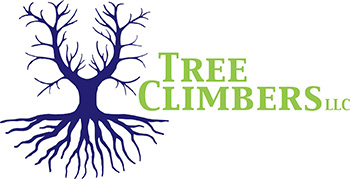Topping is a high-maintenance pruning practice, with hidden costs. One is the reduction in property value. Healthy, well-maintained trees can add 10 to 20 percent to the value of a property. Disfigured, topped trees are an impending expense as well as hazard.
The cost of topping a tree is not limited to what the perpetrator is paid. If the tree survives, it will require pruning again within a few years and every few years probably for the rest of its life. The tree will need either another topping (pollarding every year) or restoration pruning if possible.
The new sprouts will generally grow 200-400% the growth rate of normal mature branches (up to 20ft a year) and unlike normal branches that develop in a socket of overlapping wood tissues, these new shoots are anchored only in the outermost layers of the parent branches. These sprouts are very likely to break in a storm and will have to be cleaned up. If the tree dies, it will have to be removed. All hidden additional costs later down the road.
Another possible cost of topped trees is potential liability. Since topped trees are extremely prone to breaking they can be hazardous. Because topping is considered an unacceptable pruning practice, any damage caused by branch failure of a topped tree may lead to a finding of negligence if someone is injured or property is damaged. In some municipalities fines can also be levied or other penalties assessed for improper pruning or removal. In Fayetteville topping is prohibited by city ordinance.
